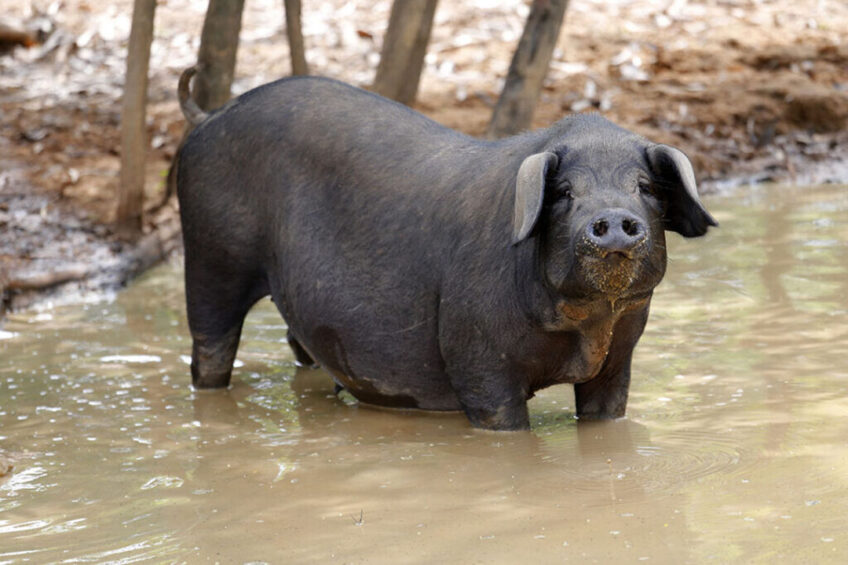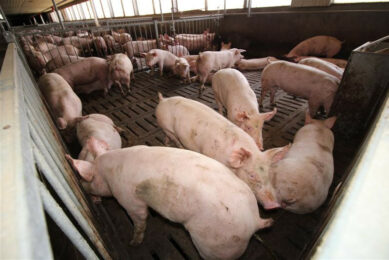Is wild pig control improving in North America?

Large numbers of feral pigs continue to be a problem in North America, and if African Swine Fever should somehow enter the population, commercial pork farms are at great risk. This disease is not currently present in North America but wild boar is an established vector in Europe.
Wild pigs can also potentially transmit swine brucellosis, pseudorabies and classic swine fever to commercial pigs.
Recent meeting
The disease risk of wild pigs was discussed at the Transboundary Feral Swine Summit, a US-Canada meeting that was recently held as part of the Pacific NorthWest Economic Region Summit in Calgary, Alberta, Canada.
Dr. Egan Brockhoff, who serves as Veterinary Counselor for the Canadian Pork Council and also sits on the ‘Swine Innovation Porc’ Coordinated African Swine Fever Research Working Group, noted at the Summit that there is progress being made to control and eradicate various wild pig populations through various initiatives in different Canadian provinces.
US-Canada cooperation
Brockhoff also noted that Canadian leaders in this sector are learning from their US counterparts. “As we have been looking at ways to control and eradicate this population, we have looked to our colleagues in the south,” he said. “They have had many more years of experience with this, they have had some tremendous success stories in eradicating wild pigs from various states so there is a lot of cooperation.”
Texas-made solution
Pig Progress reported in 2021 on a new contraceptive for wild male pigs called HogStop which was hoped to help with population control.
In the US, feral pigs are now found across most states and could number as many as 9 million at this point, with at least 2.6 million in Texas alone.
Control of wild pigs has been attempted with fencing, snare traps, cage traps and hunting, to little avail. Hunting actually boosts feral pig populations, and is not recommended in states such as Montana and the province of Ontario in Canada. Hunting causes the pigs to adopt more savvy behaviours, to become more nocturnal and so on.
Use of product
HogStop was launched in June 2021 and developed by Dr. Dan C. Loper and others including his son Daniel.
Hogstop reduces sperm motility and also causes changes to sperm morphology. The active ingredients are proprietary, but they are a “mixture of natural feedstuffs” with no hormone or endocrine disruptors added. The product stays in the testes of a boar.
The product must be given continually or male pig fertility will revert back to normal. It should also only be fed in hog-specific feeders designed to keep out all other species.
“Use is increasing slowly and steadily,” says Daniel Loper. “The pigs love the feeders and we have received many pieces of evidence from ranchers that the product is working well. They send us video and still images from ‘game cameras’ that they set up on various places on their properties. Evidence from time periods after they put out HogStop in feeders shows there are no babies.”
HogStop is currently used in Texas, Oklahoma and Louisiana, and is already an approved ‘25 (b)’ pesticide by the US Environmental Protection Agency (EPA).
Expansion to other states
To expand its use in other states, the EPA has asked Hogstop to do another study, which is underway. Groups in Hawaii are particularly interested because a dairy farm there recently suffered an outbreak of tuberculosis that was transmitted to the cows from wild pigs.
The HogStop team also has interest from groups in Europe, Israel, Australia, several Asian countries and Canada for use on feral pigs, deer and mice.











